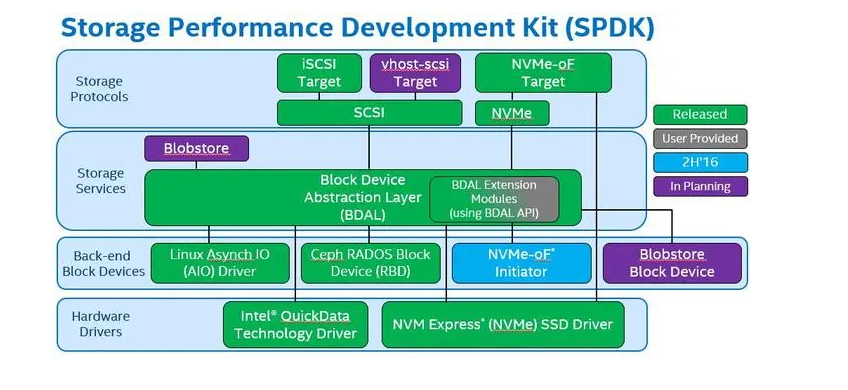下面是一个简单的 DPDK 使用 FDIR(流定义和路由)功能的 C 代码示例。这段代码展示了如何设置 FDIR 规则并处理流量。请确保在实际使用之前根据你的具体环境进行适当的配置和测试。
首先,确保你已经正确安装并配置了 DPDK,并且你的环境支持 FDIR 功能。
示例代码
#include <stdio.h>
#include <rte_eal.h>
#include <rte_ethdev.h>
#include <rte_ip.h>
#include <rte_ether.h>
#define RTE_ETH_DEV_COUNT 1
static void setup_fdir(struct rte_eth_dev_info *dev_info, uint16_t port_id) {
struct rte_eth_fdir *fdir;
struct rte_eth_fdir_config fdir_conf;
// Check if the device supports FDIR
if (!(dev_info->flow_type_rss_offloads & RTE_FLOWS_SUPPORTED)) {
printf("The device does not support flow director\n");
return;
}
// Initialize flow director
memset(&fdir_conf, 0, sizeof(fdir_conf));
fdir_conf.mode = RTE_FDIR_MODE_PERFECT; // Set to perfect matching mode
fdir_conf.packets = 1024; // Number of packets to handle in FDIR
int ret = rte_eth_dev_fdir_set(port_id, &fdir_conf);
if (ret != 0) {
printf("Failed to set FDIR configuration: %d\n", ret);
return;
}
// Add a sample rule for IPv4 traffic on specific ports
struct rte_flow_item_ipv4 ipv4_spec = { .hdr = { .dst_addr = htonl(0xC0A80001), /* Destination IP */ } };
struct rte_flow_item_ipv4 ipv4_mask = { .hdr = { .dst_addr = htonl(0xFFFFFFFF) } };
struct rte_flow_attr attr;
memset(&attr, 0, sizeof(attr));
attr.ingress = 1; // Ingress rule
struct rte_flow_item items[] = {
{RTE_FLOW_ITEM_TYPE_IPV4, &ipv4_spec, &ipv4_mask},
{RTE_FLOW_ITEM_TYPE_END}
};
struct rte_flow_action actions[] = {
{.type= RTE_FLOW_ACTION_TYPE_QUEUE, {.queue_id=0}},
{RTE_FLOW_ACTION_TYPE_END}
};
// Create the flow with the specified attributes and items/actions.
struct rte_flow_error error;
const struct rte_flow *flow = rte_flow_create(port_id, &attr, items, actions, &error);
if (!flow) {
printf("Error creating flow: %s\n", error.message ? error.message : "unknown");
} else {
printf("FDIR rule added successfully.\n");
}
}
int main(int argc, char **argv) {
int ret;
ret = rte_eal_init(argc, argv);
if (ret < 0) {
rte_exit(EXIT_FAILURE, "Error with EAL initialization\n");
}
uint16_t port_id;
for (port_id = 0; port_id < RTE_ETH_DEV_COUNT; port_id++) {
struct rte_eth_dev_info dev_info;
rte_eth_dev_info_get(port_id, &dev_info);
setup_fdir(&dev_info, port_id);
}
return 0;
}
编译与运行
为了编译和运行这段代码,请遵循以下步骤:
- 将以上代码保存到
fdir_example.c文件中。 - 确保你已经安装了 DPDK,并设置好了开发环境。
- 使用 DPDK 提供的编译工具链(如
make或者其他)来编译这个示例。 - 启动 DPDK 应用程序(例如,通过
dpdk-devbind.py来绑定 NIC)。 - 运行生成的可执行文件。
注意事项
- 根据你的 NIC 硬件能力和驱动支持情况,确保启用了 FDIR 功能。
- 请参考相关 DPDK 文档以获取更详细的信息,包括更多配置选项和最佳实践。
- 测试时要小心,因为不当配置可能会导致网络丢包或性能下降。
内容由零声教学AI助手提供,问题来源于学员提问





















